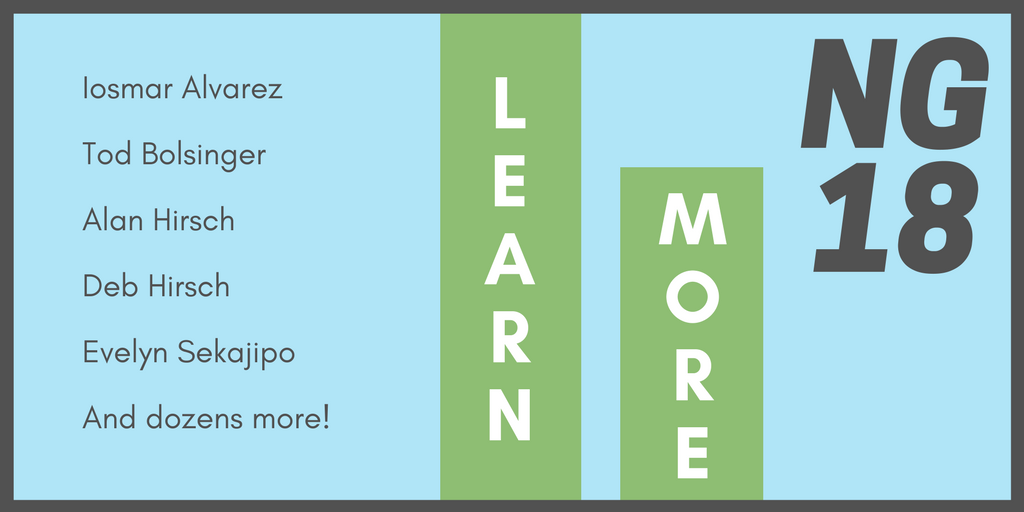I was watching the team set up for a Community Dinner Church. The elements of the meal had been prepared in the homes of volunteers, and everyone was arriving with their contribution to the meal. Serving trays and chafing dishes, chili and homemade desserts. Tablecloths were being pulled out of bins, and tables were being set with attention to detail. There was laughter and camaraderie…and live background piano music.
“Wow, this is a lot to set up, but you’re like a well-oiled machine,” I remarked.
And one volunteer responded, “Oh, this is so much easier than regular church!”
I laughed.
“No, seriously, I’m not kidding. It really is.”
An A-ha Moment
I started thinking about all that goes into the Sunday-morning proclamation event, and I realized what the woman was telling me. So much time and energy goes into worship services in our existing churches. Sermon preparation, music selection, choir rehearsal, liturgy writing, bulletin preparation, greeter training, Communion preparation—the list goes on. I’m not suggesting this is bad, but it is a reality.
Many churches look at something like Dinner Church and think, “How could we possibly find the time and energy to prepare and share a dinner with the community every week?” What this volunteer was telling me was that, with a team that shares the vision and shares the load, there is a surprising ease to being church. For her family, preparing a meal, eating with neighbors, and sharing a simple Jesus story in the community is much less time-consuming and a lot more energizing than past experiences organizing and executing a more traditional worship gathering.
With a team that shares the vision and shares the load, there is a surprising ease to being church.
Tweet this.
Mixed Ecology
It has not escaped me that God seems to be raising up leaders energized by both realities. There are ministry leaders who are energized and excited about planning proclamation-style worship with soaring choral music and deep liturgy, with well-rehearsed praise music and integrated sermon series.
But God also seems to be raising up leaders who find the relentlessness of those demands exhausting yet absolutely light up with the possibility of a weekly rhythm of preparing a meal and eating with and discipling neighbors in the local community center.
There are churches that are finding ways to live into the both/and reality of the fresh expressions “mixed ecology”—the inherited church and new forms of church co-existing. Often, for this to really work, the leaders that have responsibility and passion within the institutional church can’t really imagine leading a new form of church as an added responsibility to an already full plate. And, often, people leading a new form of church can’t really volunteer in the relentless list of tasks to uphold the ongoing ministries of the inherited church. The relationship and prayer support of one another can continue and blossom, but each of these kinds of leaders may need to be free to focus their energy on the leadership needs of the entity they are called to serve.
In fact, that is the way mixed ecology is actually happening (even flourishing). Leaders are discovering through experimentation how to cultivate healthy partnership between inherited and new forms of church.
A number of these leaders will be sharing their discoveries and wisdom in March at the 2018 National Gathering: From the Steeple to the Street.
Attend their workshops, find them for a conversation, and discover how much of what they have learned can help you cultivate a mixed ecology in your context—without overloading your leaders in the process.



